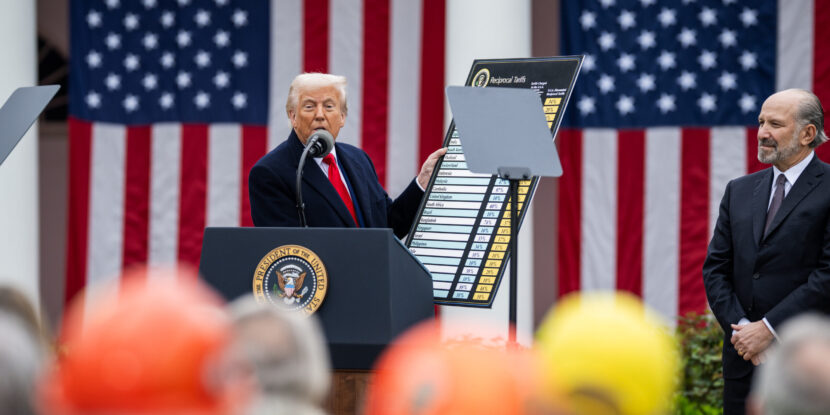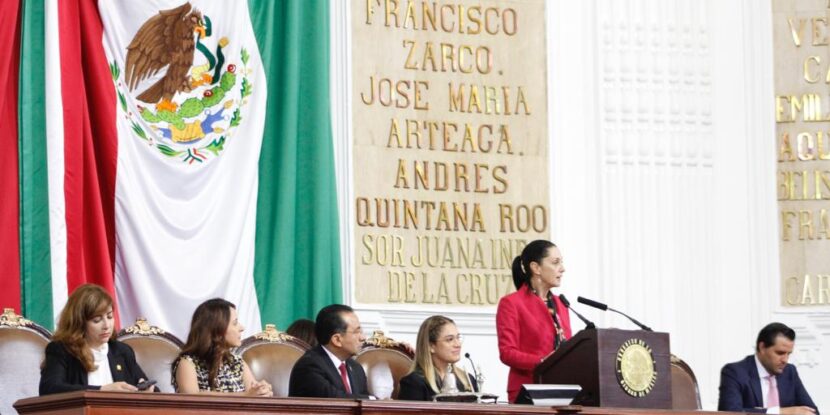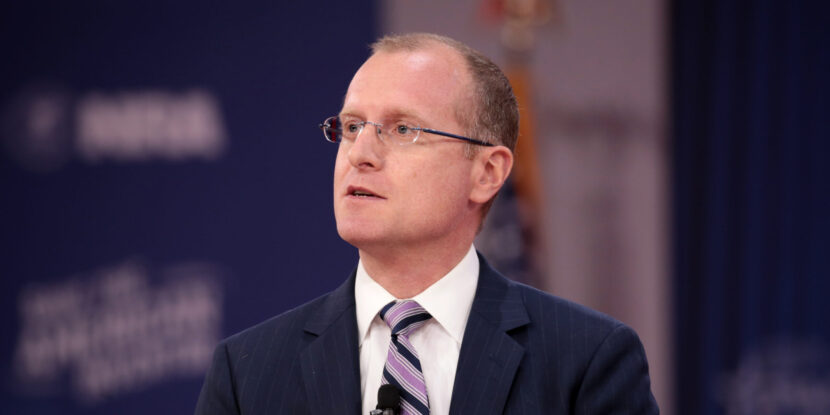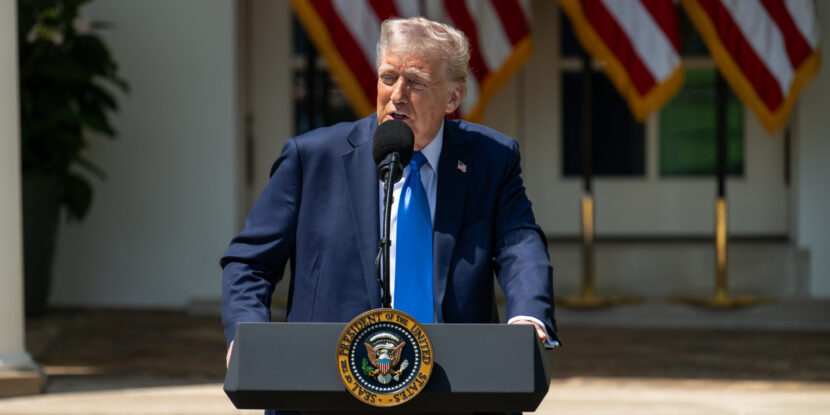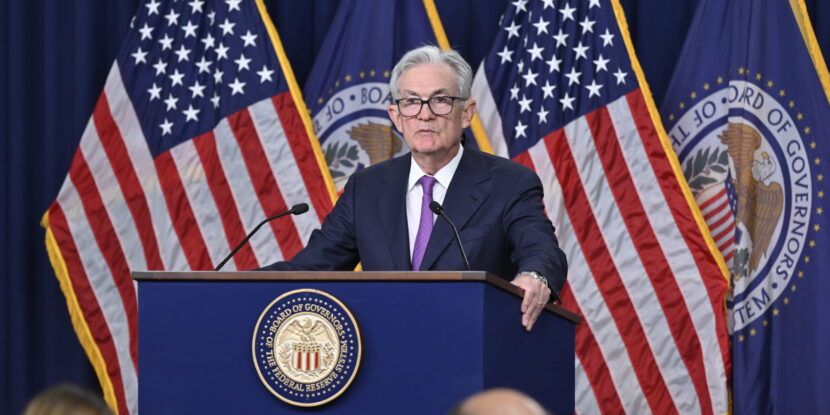PULSE POINTS:
❓What Happened: President Donald J. Trump proposed a 50 percent tariff on European Union (EU) imports and a 25 percent tariff on foreign-manufactured iPhones.
👥 Who’s Involved: President Trump, the EU, and American exporters.
📍 Where & When: Trump’s statements were made via Truth Social; proposed tariffs could take effect June 1, 2025.
💬 Key Quote: “Our discussions with [the EU] are going nowhere! Therefore, I am recommending a straight 50 per cent Tariff on the European Union, starting on June 1, 2025.” — President Trump.
⚠️ Impact: Economic repercussions for the EU; gains for U.S. automakers.
IN FULL:
President Donald J. Trump has called for a 50 percent tariff on all European Union (EU) imports, accusing the bloc of exploiting the United States through “powerful Trade Barriers, Vat Taxes, ridiculous Corporate Penalties, Non-Monetary Trade Barriers, Monetary Manipulations, unfair and unjustified lawsuits against Americans Companies.” The announcement on Truth Social comes amid trade negotiations with the EU.
In his post, Trump said the EU’s trade tactics have contributed to a $250 billion annual trade deficit with the bloc, calling the figure “totally unacceptable.” He proposed that the tariffs would take effect starting June 1, 2025. “The European Union, which was formed for the primary purpose of taking advantage of the United States on TRADE, has been very difficult to deal with,” he said.
EU leaders, such as European Commission President Ursula von der Leyen, have previously said they would retaliate against American tariffs on EU goods. In April, however, the EU suspended a proposed 25 percent retaliatory tariff, with von der Leyen stating she wanted to give negotiations a chance.
The EU has also stated it will go to the World Trade Organization (WTO) to contest the U.S. tariffs, asserting that they violate the organization’s rules.
President Trump also targeted Apple, warning the tech giant that iPhones sold in the U.S. must be manufactured domestically or face a 25 percent tariff. “I have long ago informed Tim Cook of Apple that I expect their iPhones that will be sold in the United States of America will be manufactured and built in the United States, not India, or anyplace else,” Trump stated.
show less